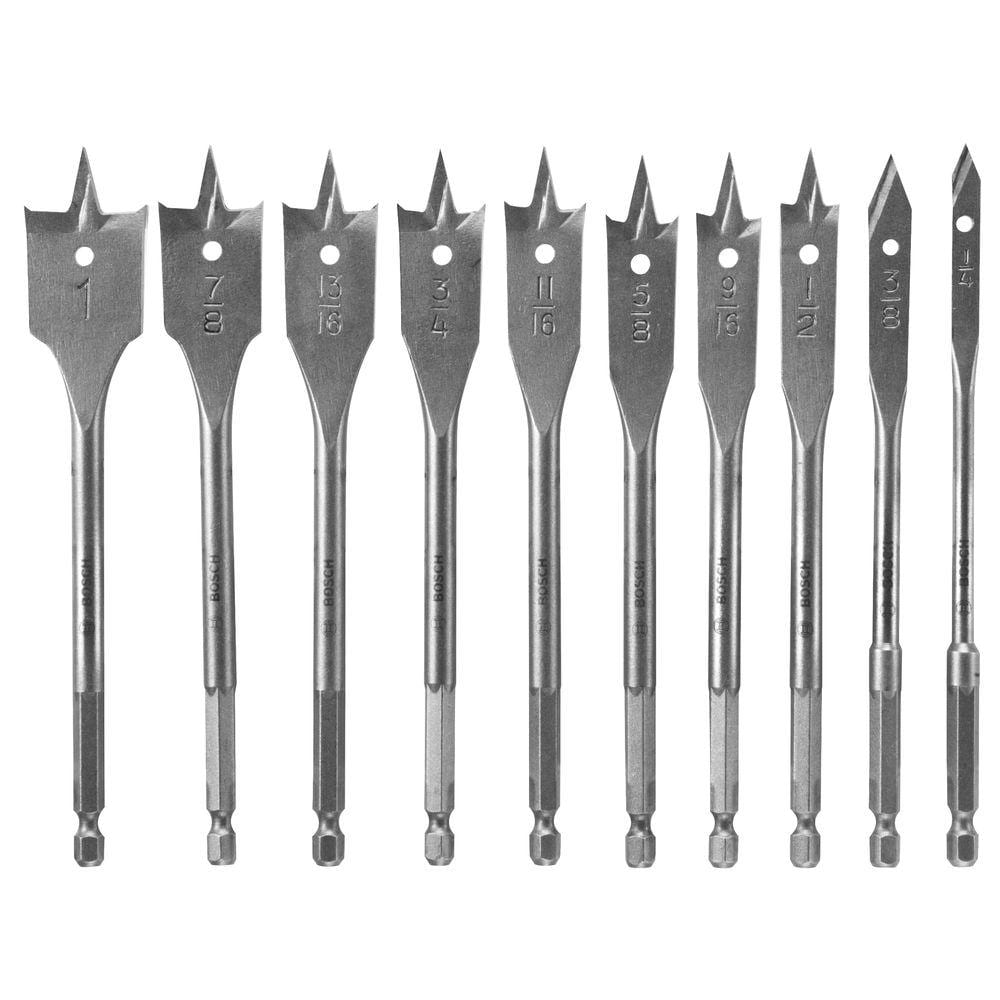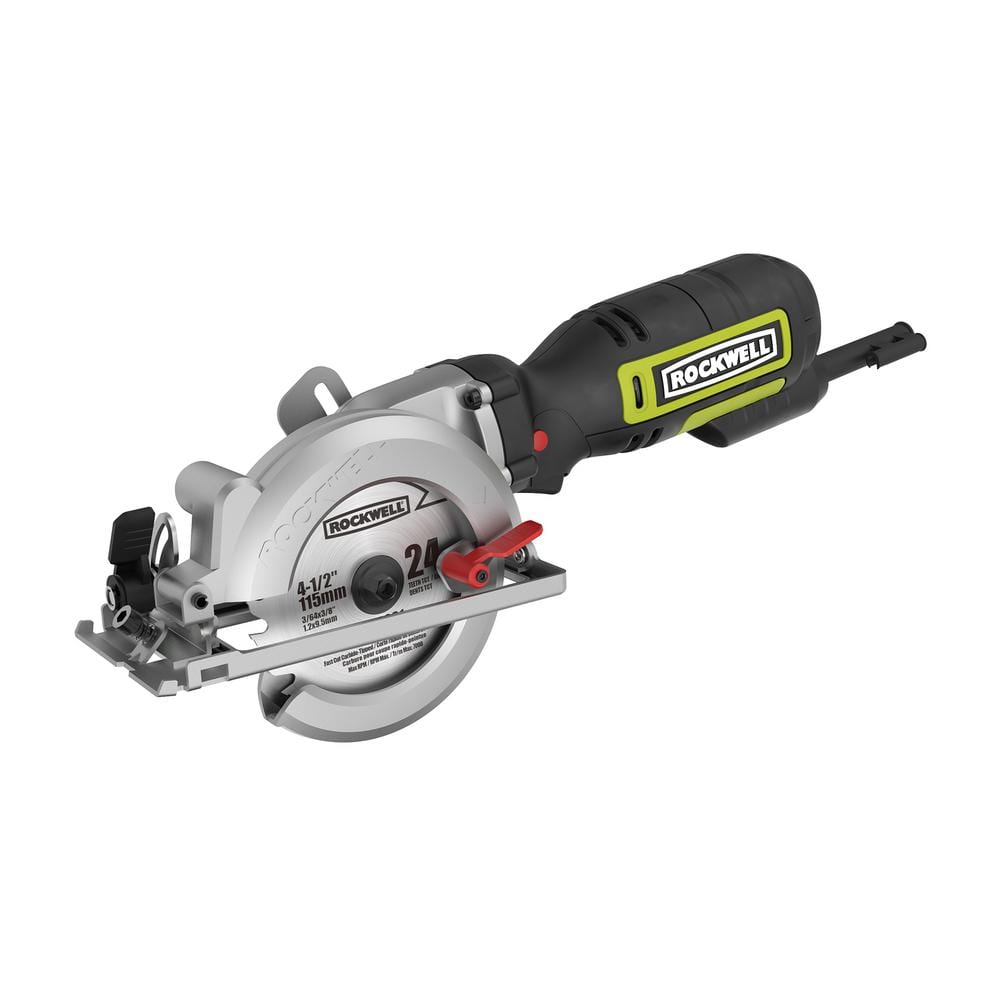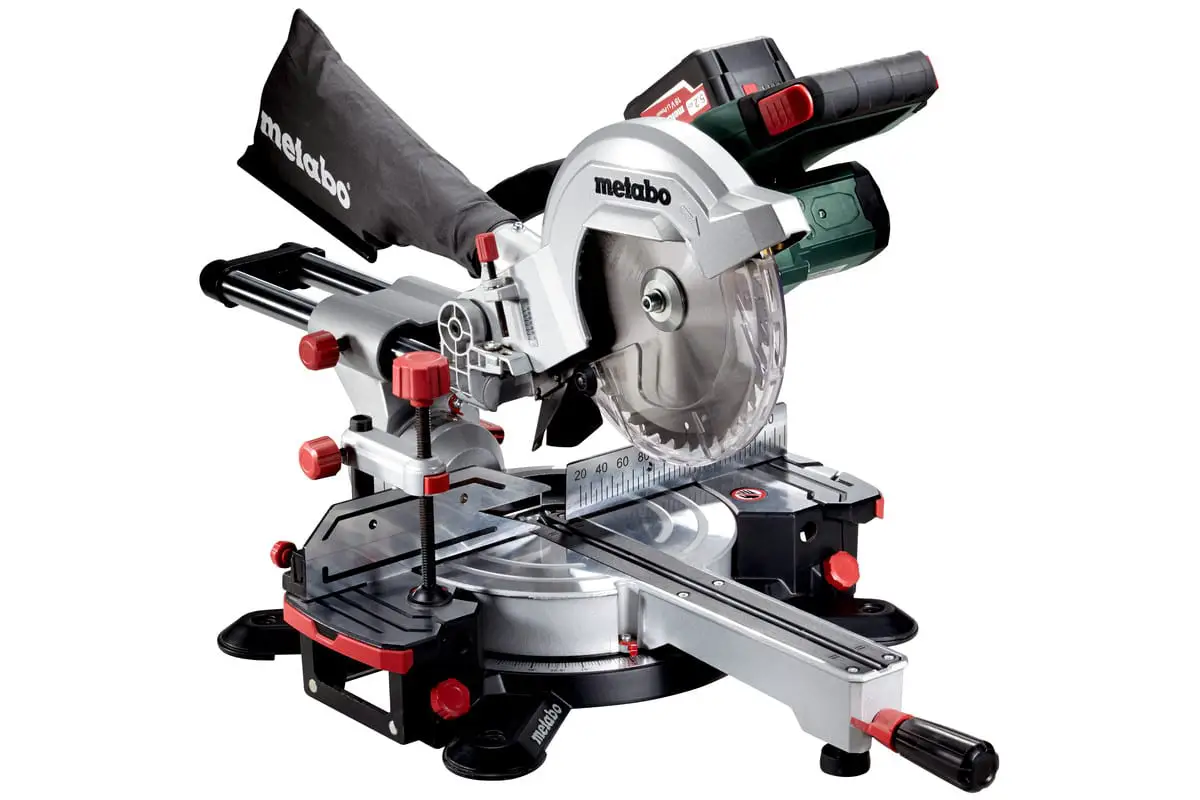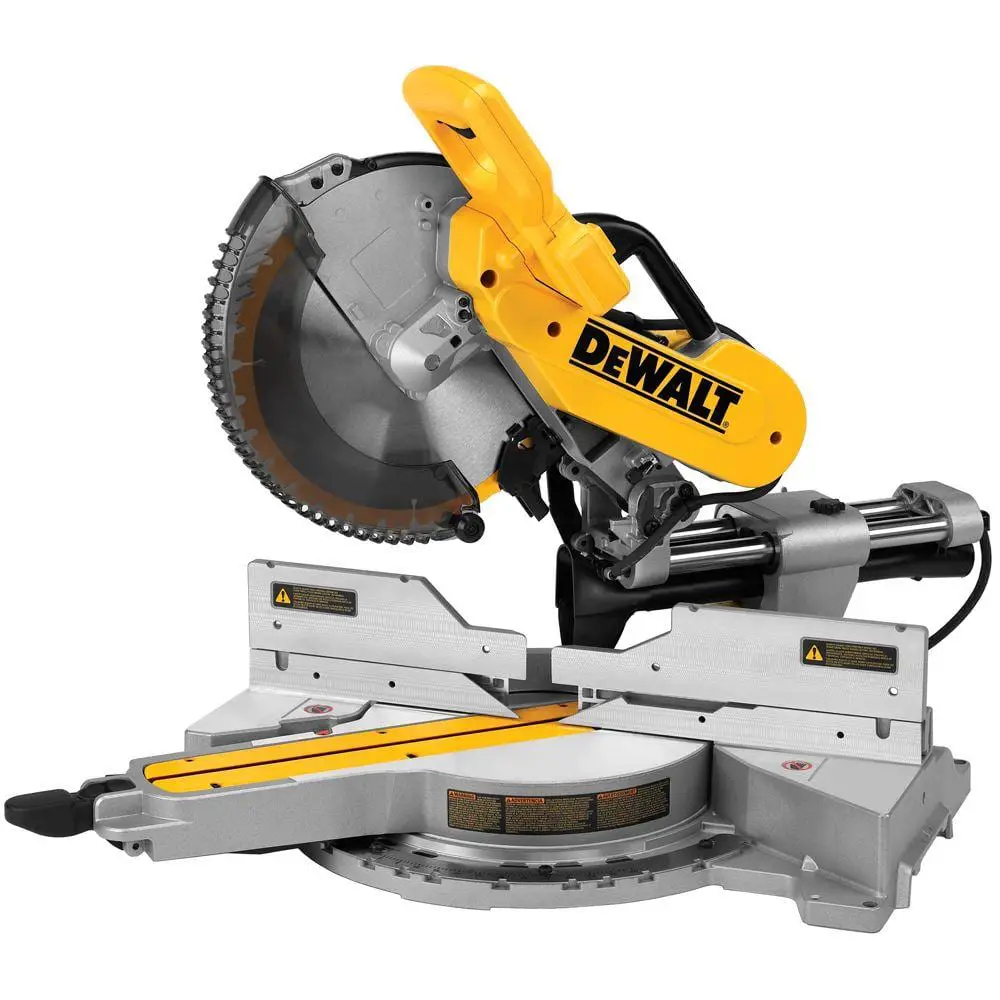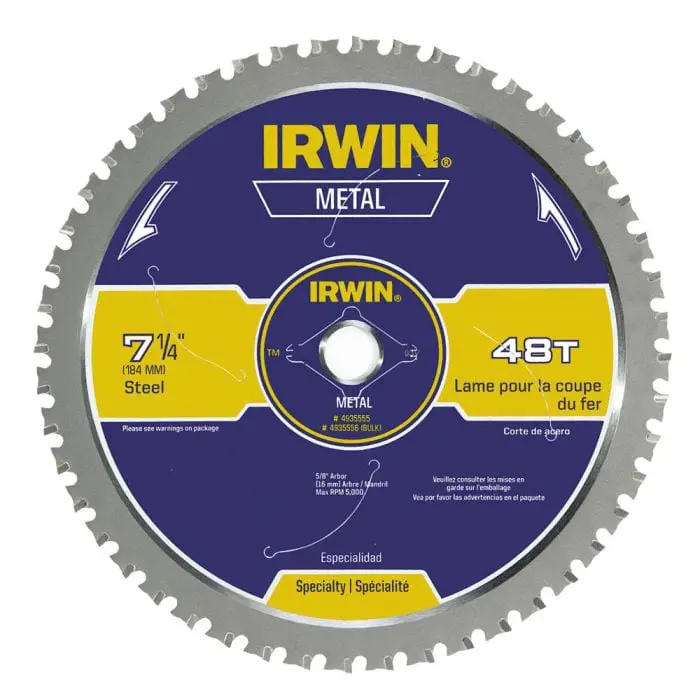Introduction
“Track saw” is another term for a plunge saw. It got this alternative name because plunge saws are often used in tandem with guide rails, which are also called “tracks.” Track saws have been around for several decades, but it was not until only recently that they became widely used and commercially available. For a long time, people saw track saws as costly and redundant.
However, people soon recognized the advantages of track saws over circular and table saws. Track saws allow you to make high-precision laser-straight cuts and leave smooth cut edges where circular saws will typically make jagged cuts.
Many veterans believe that Festool was among those who pioneered the selling of track saws for commercial use, but fellow power tool manufacturer Makita has kept up nicely over the years. In this quick guide, we compare the two brands and see how you can benefit from using their track saws.
Makita Track Saw vs Festool Track Saw
| Product Details | Makita Track Saw | Festool Track Saw |
|---|---|---|
| Cordless | Yes | Yes |
| Corded | Yes | Yes |
| Number of Models | 2/3 | +/- 10 |
| Price | Check Lowest Price | Check Lowest Price |
Buyer’s Guide
How to choose the right product
The overwhelming number of track saws being sold today can easily pressure you into investing in the wrong model. In this section, we go over some of the things you need to consider when scouring the market for your new track saw.
- Accessories
As with other tools, you can buy track saws in bare or “kit” form. Kits are recommended for beginners who do not have the basics just yet. Meanwhile, you are also free to go for bare tools if you would rather put your own kit together. Take note that there may be compatibility issues between the tools and accessories of different brands.
- Riving knife
A riving knife helps keep things safe and your cut smooth. It maintains a good distance between the cut sides as the blade continues to cut. This keeps the sides from closing back on the sides of the blade, which can lead to jamming and kickback. This feature is essential especially when you are cutting timber and other woods.
- Anti-kickback
While cutting, the track saw blade sometimes gets pinched or jammed, and this causes the tool to suddenly jerk backward or “kick back.” A lot of models nowadays have integrated features that let you avoid this. However, do remember that this feature often heavily depends on the guide rail you are using with your track saw.
- Soft start
This has become more or less a standard feature on many power saws. Soft start means, essentially, that the saw starts “softly” or does not roar full power right away upon being switched on. With this feature, you get to avoid violent and potentially accident-causing recoil and ruining the saw’s alignment.
- Electric brake
An electric brake helps keep your cutting secure and accurate by ensuring that the blade stops when the trigger is released.
- Scoring
This feature allows you to make smooth, clean cuts on sensitive materials like veneers, laminates, and melamine panels, which are prone to chipping. With a scoring feature, you can make a shallow first pass on the material and then complete it cleanly with a second pass.
- Battery power
Track saws were and still are power-hungry tools. This is why it is strongly advised that you go for corded over cordless unless you absolutely have to do otherwise. That said, find a cordless track saw with reliable power and performance. Pore over reviews to see which models have good battery life, and try to invest in track saws that already come with dual batteries.
- Variable speed
Different materials require varying cutting speeds. For example, a thin and relatively weak sheet generally needs slower cutting speeds, whereas a thick one should be fine even with high-speed cutting. If you tend to work with different materials, find a track saw with variable speed.
How do we compare Makita Track Saw vs Festool Track Saw?
- Customer reviews
We often use consumer reviews to gauge the quality and reliability of products that we cannot individually try out. At present, we can say that Festool and Makita track saws are more or less on equal footing. We believe both companies have just their fair share of negative reviews on popular e-commerce sites, and many of these are about isolated or minimally recurring issues.
- Model Variety
In general, the more varied the products or product features, the more user needs are addressed. Makita has 2 or 3 models available. We say “or” because one of them CAN be converted to a track saw, while the two others are indeed tracking saws. Meanwhile, Festool has a wider array of models. They also seem to have entirely different target users. Makita track saws are more for mid-range saw users, whereas Festool targets those who are ready to shell out a lot.
- Price
Speaking of splurging, as mentioned, the two companies appear to be selling track saws to two different groups of users. Makita targets mostly practical individuals with basic to the mid-range track saw requirements. Meanwhile, Festool clearly designed their track saws for the high-income market.
1) Makita Track Saw

Why use Makita track saws and who are they for?
Makita is another well-known company in the industry of power tools. Thousands of people have used their products, and it is safe to say that they are a reliable brand. They have 3 track saws available (two are track saws, one is a “groove cutter” that can be converted to a track saw). One of the two-track saws is cordless, and the two remaining models are corded track saws.
All 3 models come with different accessories, and judging from the features and the prices of these, it looks like Makita track saws are specially designed for practical individuals with basic to mid-range projects.
Similar to other Makita products, their track saws have been getting a lot of good reviews. Customers mainly praise the tools’ performance, cut quality, and durability. There are some negative comments, but they are relatively few and cover issues that seem isolated or outside of the company’s control.
All in all, we think Makita track saws are faithful to their target consumers. We think they understand the needs of their market well and offer just the right features for their price range. We see good value for money and recommend Makita track saws for practical customers who want tested and proven and relatively affordable track saws.
Main Features
- Blade change-optimized blade cover
- Magnesium base
- Constant cutting line position
- Depth stopper
- Blade case
- Reinforced cover and gear housing
- Soft start
- Constant speed control
- Lithium-ion batteries
- 4- and 2.5-meter power cords
- Brushless motors
- Variable speed control
Q&As
What are the no-load speeds of Makita track saws?
The DSP600 (track saw), SP6000J (track saw), and CA5000XJ (groove cutter and track saw) cut at no-load speeds of 2000-6300, 2000-5800, and 2200-6400 rpm, respectively.
What are the blade diameters?
The DSP600, SP6000J, and CA5000XJ have blade diameters of 165, 165, and 118 mm, respectively.
Pros
- Trusted brand
- Relatively more affordable
- Great for general applications
Cons
- Lacks specialized features
2) Festool Track Saw

Why use Festool track saws and who are they for?
Festool is one of those who first sold track saws for commercial use, and now, they have one of the widest ranges of models available. Their track saws do not necessarily differ that much from each other. The difference between any two models can be small, but we guess the point in having that many options available is to produce that one track saw for as many people as possible.
According to Festool, each track saw should come with a saw blade, a flag window (vision panel), a T-Loc systainer, a splinter guard, and a chip collection bag. Take note that this may vary, depending on where you are buying your Festool track saw.
As mentioned, Festool’s track saws are generally for the high-income bracket. This is no surprise, considering that many of these saws have technologically advanced features designed for specialized projects and applications.
Positive customer reviews frequently mention the admirable quality of Festool’s track saws and the smooth and clean cuts they make. In our opinion, the features of Festool track saws and the hundreds of positive feedback backing them justify the formidable prices.
Main Features
- Dual battery systems
- Lithium-ion batteries
- Corded and cordless models
- Brushless motors
- Spring-mounted guide wedges
- MMC electronics
- FastFix (blade changes)
Q&As
Where are Festool’s track saws made?
Festool track saws are made in Germany. These power saws have the sturdy, durable build resulting from German craftsmanship, which is regarded by many to be superior in this industry.
What does MMC mean?
MMC stands for multi-material construction. In Festool track saws, MMC electronics is a set of features that protect the tools from thermal overload and provides soft start and variable speed, just to name a few.
Pros
- Reliable established brand
- Wide selection of track saws
- Has mid-range models
Cons
- Few rarely recurring complaints
The Final Cut
It was hard comparing Makita and Festool track saws, given that they were clearly designed for individuals from different income levels.
Makita track saws are for those with basic to mid-range needs, while Festool track saws are ideal for those with highly specialized requirements and can afford premium tools.
Neither is better than the other. In our opinion, both offer good value for money.

